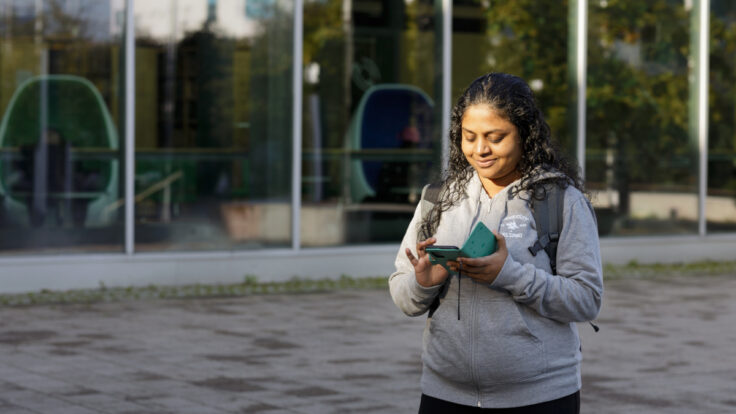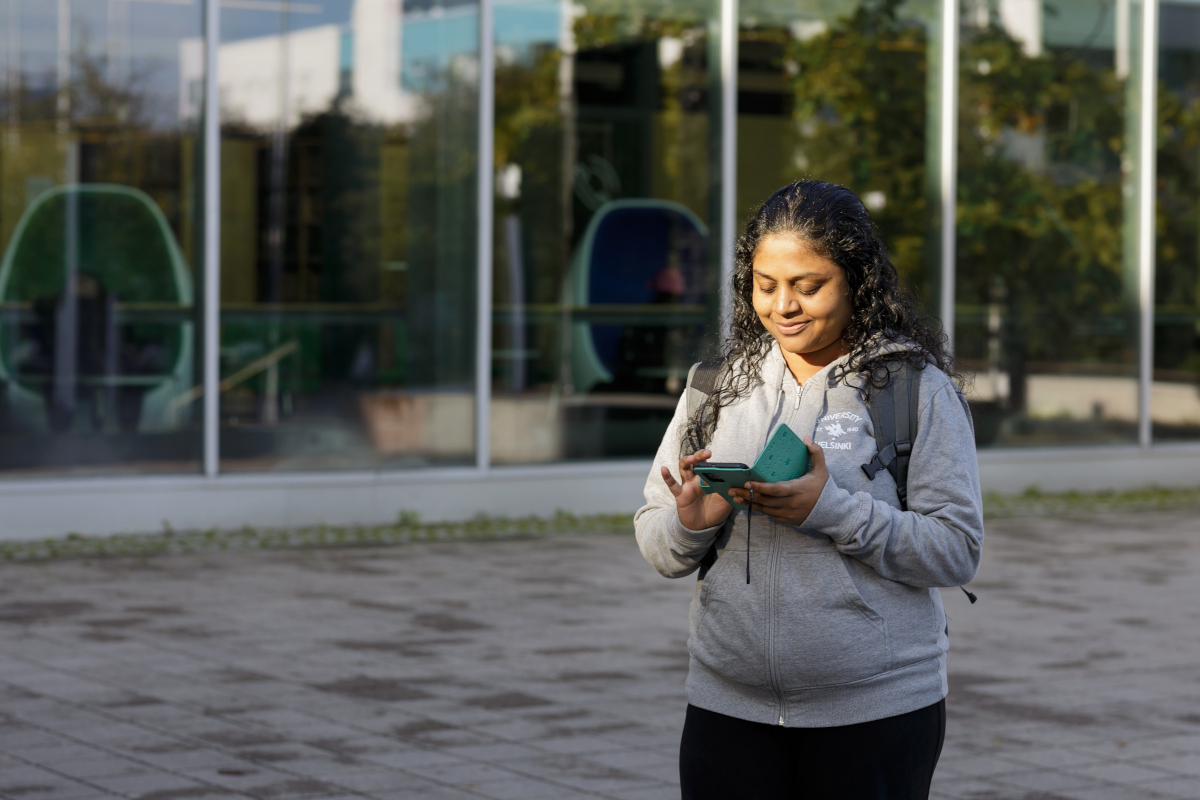Media shapes our perception of the world. Newspapers, private and state-funded TV channels as well as different websites, apps and social media portals all influence the way we view things. Even humorous content like memes, which we consciously realize not to be a reliable source of information, can affect our beliefs and behaviour.
In Finland, media literacy has been part of teaching and learning for several decades already. It includes analysing different kinds of media, but also skills such as communication and collaboration.
Good media literacy makes it easier to find and identify relevant facts, to consider an issue from multiple angles, and to make informed decisions. In addition to giving us tools to recognise and resist false information, media literacy helps us become active members of a free, democratic society, and to participate and engage in public debate in a responsible way.
In Finland, a large number of different actors all work together to promote media literacy, with different perspectives, but a common goal. There is a national policy on media literacy and media education, which the National Audiovisual Institute is responsible for implementing.
Media Literacy in practice
Media education is present throughout the Finnish education curriculum. Already in early childhood education and care, media education is approached through curious experimentation and play. Children get to know everyday media, devices, and contents with the safe guidance of a professional educator. They empathise with stories and process them by means of personal expression and creativity.
Information is examined together with other children, on issues that they are interested in.
In pre-primary education, children take a more active role as media users and producers. At the same time, they begin to learn how to understand what is fiction, and what is true.
As children continue to elementary school, they get to examine and analyse stories, and learn how to use media safely. They also produce stories with the help of media devices, using creativity and imagination, both independently and together with others. In higher grades, pupils generate ideas, make initiatives and experiment with the media. Media is used to express one’s own thoughts and opinions, and to understand the role of the media in society.
To secondary school students, media literacy is taught through creating content based on their own ideas and initiatives. Students also develop their skills in narrative methods and technical skills, and they get to produce media content aimed at influencing others. Students learn to evaluate the reliability of social media content as a source of information, and the various effects that media can have on individuals, groups and society are examined critically. Data and privacy protection are also featured.
media literacy belongs to
everyone
Media Literacy is not limited only to schools, or taught just to children and students, but continues through life. For example, public libraries have invested in improving the media skills of the adult population in Finland and the staff is committed to helping people of all ages with issues connected to media literacy and digital inclusion.
Social and elderly care organizations also provide relevant activities and training. Additionally, liberal arts institutions offer a variety of media skills courses to adults, and the annual, nationwide Media Literacy Week is inclusive of all age groups. Since the media environment is constantly changing, lifelong learning is vital.
High media literacy contributes to making societies stronger, more durable and flexible, and better able to adapt to and overcome unexpected situations. It is essential for preventing serious online harms, such as cyberbullying and hate speech, and for strengthening the psychological resilience of societies. Finland’s ultimate aim in encouraging media literacy is to ensure a wellfunctioning, healthy and resilient democracy.
A short history of Finnish Media Education
Media education has had to change to keep up with
the development of media itself. In its early decades, from the 1950s onwards, the focus was on mass media, mainly through radio and newspapers.
During the 1980s and 1990s, personal computers made their way into homes and educational institutions, while in the 21st century the attention has focused in particular on social media, mobile devices and digital games, together with their social and individual impact.
The latest area of interest is the rapid development of artificial intelligence applications, with “AI literacy” quickly becoming a more and more vital skill, as AI is making its way into people’s work life and free time. The ability to both harness the capabilities of this new technology and critically analyze its outcomes has become increasingly crucial.
In 2023, Finland was once again ranked at the top of the Media Literacy Index comparing 47 European and OECD countries. The index assesses the ability to resist fake news using media freedom, education and trust in people. Finland has placed first in the Media Literacy Index since it was first published in 2017.

